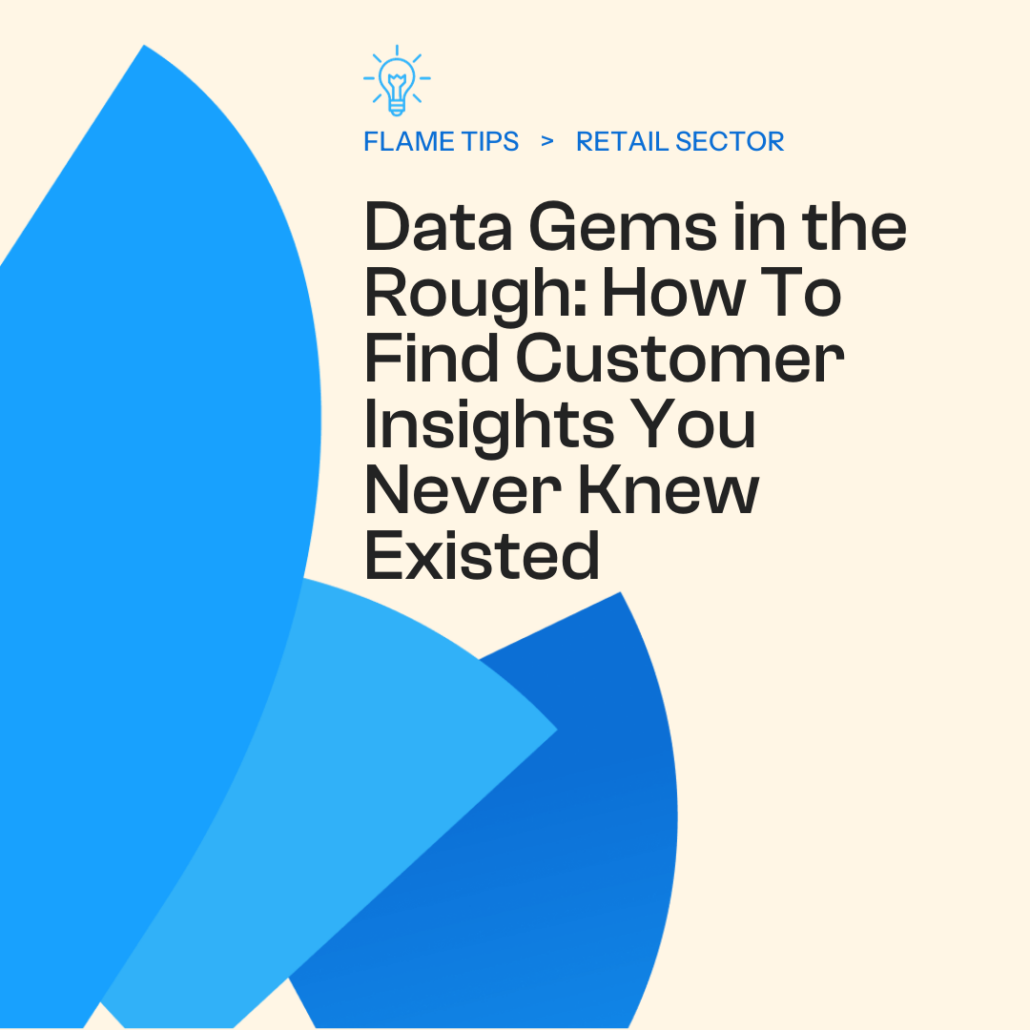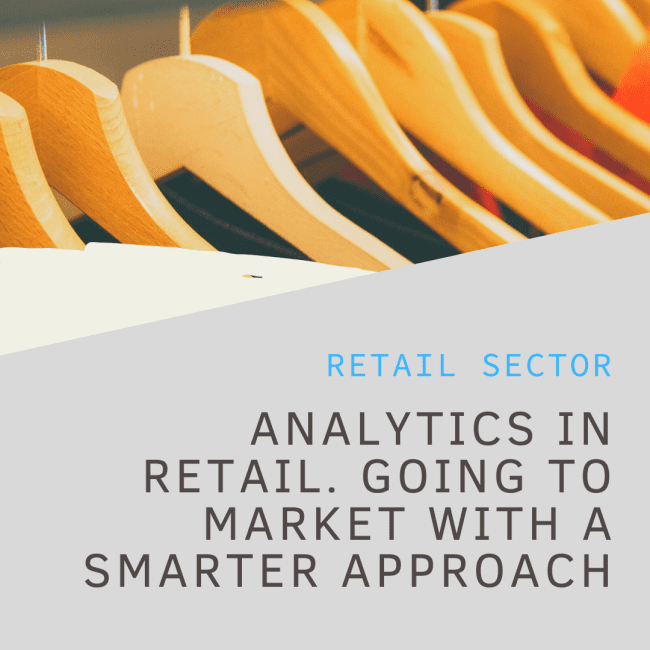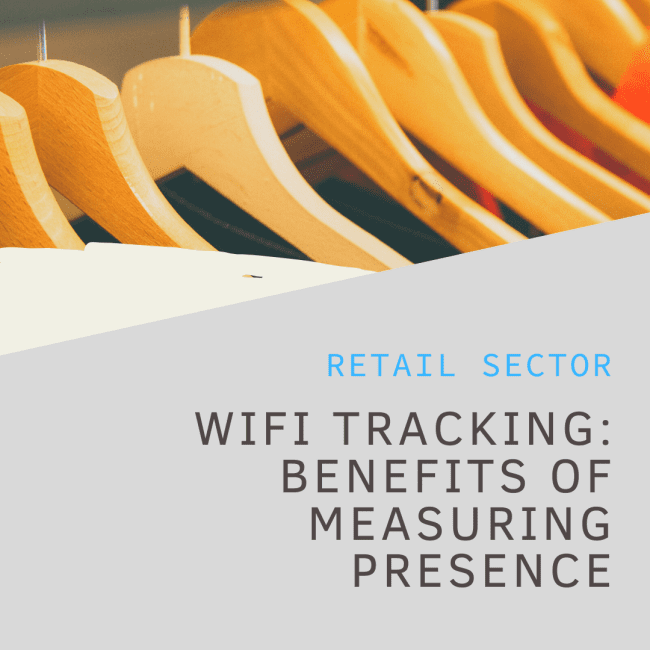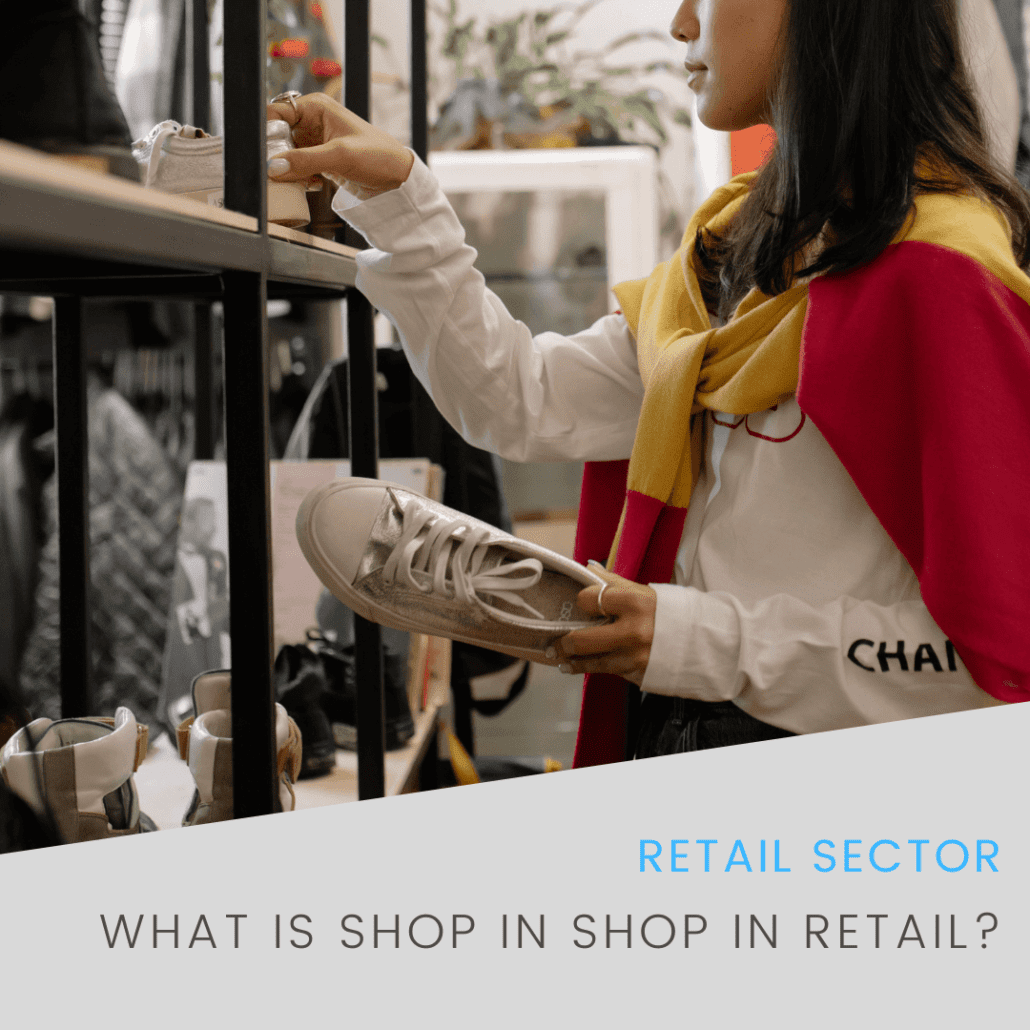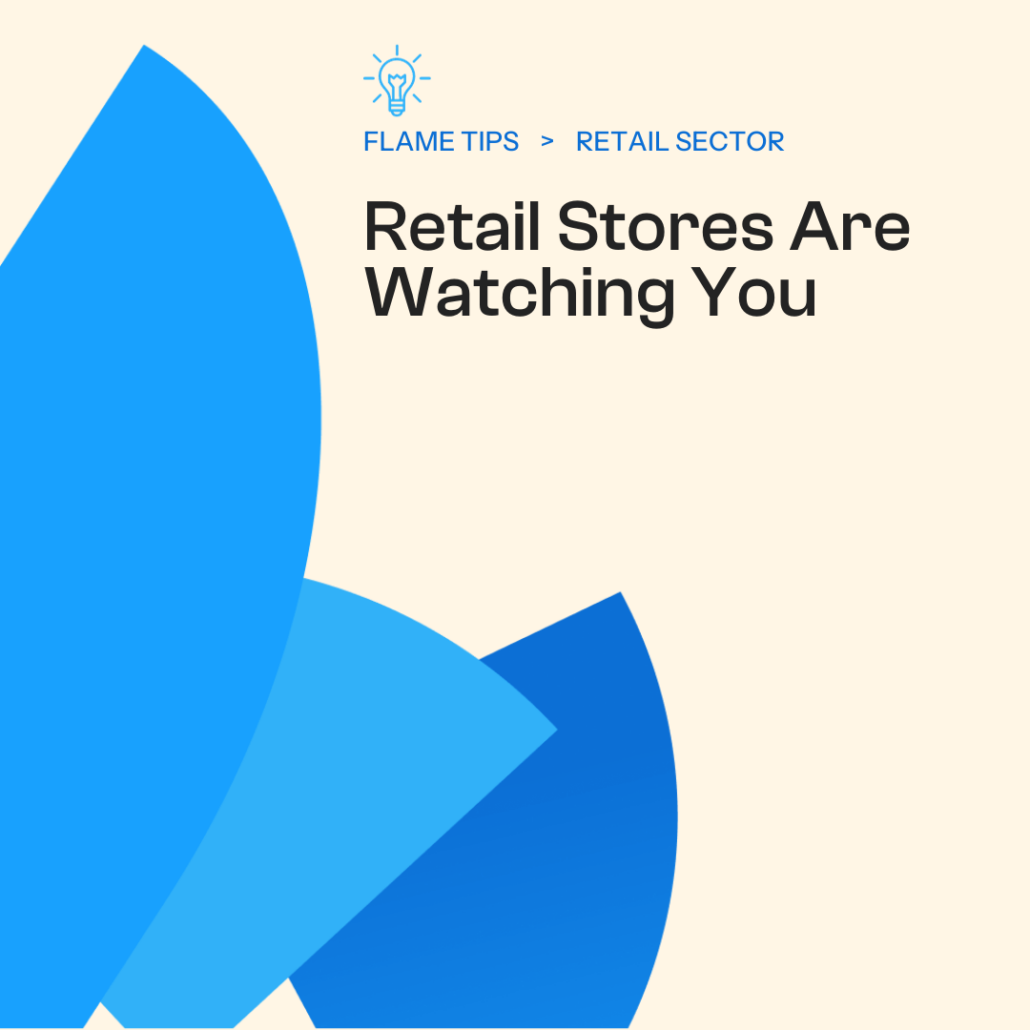As a business decision-maker who relies heavily on data, you will inevitably run into apparent dead ends. It’s common to feel stuck when your usual data analysis approaches aren’t working. Especially as a retailer with a physical location, going beyond the typical insights into untapped customer data can be inspiring. Get a leg up on your competitors by delving into uncharted territory.
What It Means To Value and Rely on Data
Data-informed decisions are always touted as the best way to run your business. However, it’s often unclear what insights are valuable and how to go about using them. Every serious entrepreneur or marketing professional has heard of the common customer insights:
- Demographics;
- Personality;
- Preferences;
- Organic traffic;
- Social engagement;
- Ad performance;
- Conversion rates.
These are cornerstones of data analysis, but they often become placed on the back burner after the initial collection. Your ideal customer profile is created and then collects dust in a folder somewhere. An ad has a great return on investment (ROI) but the advanced data isn’t used to make that kind of ad ROI happen consistently.
To truly value and rely on the many insights you gather, you have to incorporate the four Vs of big data:
- Volume: The amount of data;
- Veracity: The reliability of that data;
- Velocity: The speed of data collection and analysis;
- Variety: The array of data points used to amalgamate data.
The kicker is that this all also has to be upheld for a sustainable amount of time. That’s the only way to see perpetual improvement. Instead of staying stagnant, promote a company culture focused on data-driven business growth. Take note of failures and mistakes and refer back to them to identify how to move forward. Foster interdepartmental communication to make sure data is applied where it’s needed most, and people know they can speak up if they have ideas. Most importantly, remain flexible and open to new sources of data.
Unexpected Data Insights
Moving beyond the typical data collection involves a little bit of finesse. Research the following unexpected data points to see how you can arrive at them for your specific business:
- Average Order Value (AOV): The average amount that is spent every time a customer makes a purchase;
- Cart abandonment analysis: How many times items were added to a digital cart and then not purchased;
- Customer Effort Score (CES): A self-report from consumers about how much effort it takes for them to engage with your brand;
- Customer Lifetime Value (CLV): A predicted ROI for a specific customer based on past behavior to see how much your company will make from them over a specific time period;
- Journey mapping: A visual representation of the steps consumers take to reach conversion/sale;
- Net Promoter Score (NPS): A self-report from consumers of how likely they would be to recommend a product, service, or business on a scale of -100 to 100;
- Product affinity: What products are bought together most frequently;
- Purchase frequency: How often a customer buys from your company and how often it consists of the same product(s);
- Social sentiment analysis: Also called opinion mining, machine learning is used to mine data from consumers’ interactions with your business to determine sentiment, emotion, opinion, and attitudes.
Looking into these untapped data gems will help you see further into opportunities for your business to thrive. You can derive key insights from this data that tell you how customers really view your offerings and how to ensure they don’t leave empty-handed. Make sure to define clear objectives and questions with your team before diving into this new sea of data. This ensures that you focus on extracting insights that directly contribute to your overall business goals.
How To Pick the Right Data
Collecting customer data in the retail sector, in particular, is time-sensitive and central to a company’s performance. After all, customers do change over time, and those same customers are driving your sales directly and indirectly. First and foremost, it’s important to keep consumers’ privacy in mind and collect data appropriately. Some of the ways to do this include:
- Point-of-sale systems (POS) with email opt-ins;
- Website cookies with privacy policies and options to accept, deny, or customize;
- Surveys and focus groups;
- Social media.
The best way to collect advanced data on your consumers is to be transparent about it. The POS can tell you how many times a consumer has purchased a certain item, but it’s good practice to ask for contact info and other personal data. Opinions are also best gleaned from social and review sites, as well as self-reporting methods.
Even after establishing a data-driven culture within your organization, the journey toward uncovering fresh insights doesn’t end. Continuously seek new ways to leverage data to yield surprisingly positive results for your retail establishment.
